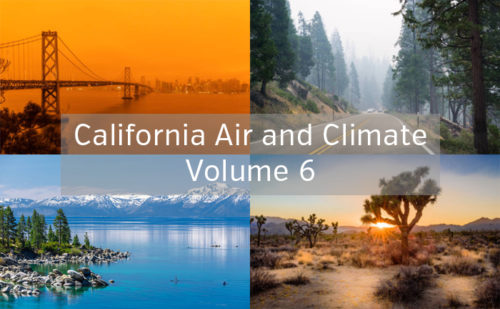California Air and Climate: CARB Adopts Amendments to Cap-and-Trade Program and State-Wide Emissions Reporting Requirements
January 2019
California Air and Climate, Vol. 6
CARB Adopts Amendments to Cap-and-Trade Program
On December 13, 2018, the California Air Resources Board (“CARB”) adopted amendments to its greenhouse gas (“GHG”) cap-and-trade program to implement changes required by AB 398, the 2017 legislation reauthorizing the program through 2030. As we previously reported, the amendments add a price ceiling, which is intended to prevent the price per ton for carbon emissions in California from rising without limit. In relation, CARB’s amendments add two price containment points, which are intended to prevent carbon allowance prices from rising too quickly under the program. Additionally, the amendments revise leakage assistance factors for allowance allocation. For additional information about CARB’s GHG cap-and-trade amendments, please click here.
CARB Adopts State-Wide Emissions Reporting Requirements
On December 14, 2018, CARB adopted regulations to implement a uniform state-wide emissions reporting system for stationary sources, mandated by AB 617. Many of the details of how this program will be implemented remain to be ironed out with local air districts and stakeholders. Initially, stationary sources will continue to report conventional and toxic air emissions to local air districts and the districts will provide the data to CARB. Starting in 2021, if CARB has completed development of an on-line reporting tool, facilities may opt to report emissions data directly to CARB.
As we previously reported, the new requirements will be applicable to stationary facilities that fit into one or more of four categories:
- Sources subject to CARB’s GHG Mandatory Reporting Regulation;
- Sources authorized to emit 250 tons per year or more of a nonattainment criteria pollutant;
- Sources that are “high priority” under an air districts Air Toxic Hotspots Program (“high priority” remains undefined);
- Sources (with exemptions to be determined) located in high-burden communities identified by CARB through the AB 617 program.
CARB staff will make minor changes to the proposed regulatory language and provide an additional 15-day comment period. More information on the regulations is available here.

